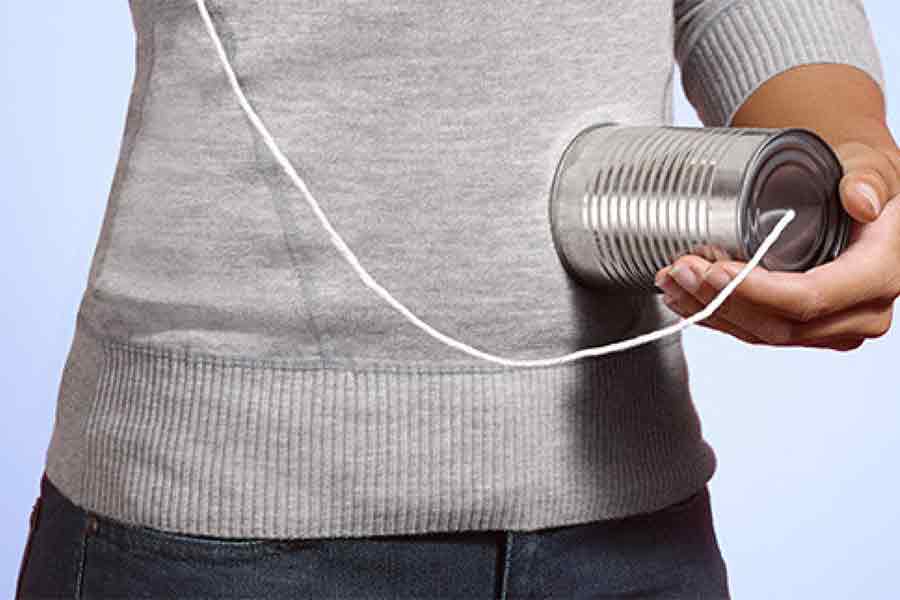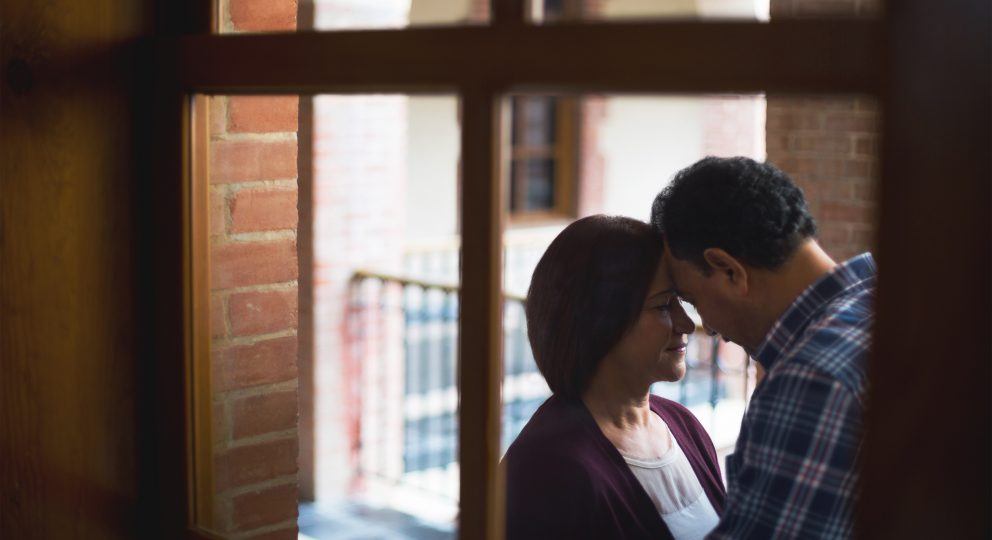20 FIRST DATE IDEAS TO MAKE A GREAT FIRST IMPRESSION
Asking someone out on a first date — and having them accept the invite, of course — gives you a rush like no other. But almost as soon as the excitement sets in, so does a little panic as you realize that you need a plan — and not just any plan, a good one. They say first impressions are everything, after all, and if you want to have a real long-term shot with this person, you probably want to wow them right off the bat with your first date ideas. The secret? Thinking outside the box. The best first date ideas are unique, and therefore, make you stand out among everyone else in the dating pool.
Sure, you could make a reservation at that Italian joint downtown, or agree to meet for happy hour at the same trendy bar. But why settle for the same tired plans when you’ve met someone special? They deserve better, and so do you. Besides, sharing a meal or a couple of cocktails puts a whole lot of pressure on your ability to keep the momentum rolling in a conversation because there are no other distractions. There are so many other first date ideas that aren’t dinner or drinks that provide endless opportunities to get to know each other better, while also potentially finding common ground and making more meaningful memories together.
If you could use a little inspiration (couldn’t we all?) — here are some of my favorite first date ideas that are different, and most importantly, fun.
Good First Date Ideas
1. Scope out a farmers market.
There’s hardly a better way to enjoy a beautiful afternoon than sampling some fresh local and seasonal produce. Plus, if you pick up enough ingredients for a specific recipe, then — boom — you’ve already got your second date planned (cooking dinner together, of course!).
2. Play tourist.
Even if you’ve lived in your current city for a long time, odds are there are still a few attractions you haven’t been to. So, why not pretend to be tourists for a day and visit some of those sites? Each of you can pick out one place that’s been on your bucket list — and then you can go explore them together, whether that entails taking a walking tour or hitting up a popular museum.
3. Take a mixology class.
Instead of just grabbing cocktails at a local bar, consider whipping up your own. This is a little less intimidating than taking a cooking class on your first date (although that’s still a great idea if you’re feeling brave), but it still allows you both to bond over a unique, interactive activity together. As an added bonus, you’ll go home with at least one new drink recipe that you can use to impress your date in the future.
4. Hit the links.
You don’t have to be the next Tiger Woods to head to the golf course and whack a few balls. Besides, a little flirty competition while you’re cruising around on the cart is bound to heat things up by the time you reach the 9th (or 18th) hole. If you’re not exactly comfortable teeing off in front of your date, mini-golf is an equally fun, yet lower-stakes alternative.
5. Go to a fortune teller.
A psychic reading, palm, or tarot card reading may not be your typical date idea, so hear me out here — it’s the quirky, eccentric nature of this plan that makes it memorable. Chances are, your date has never done something like this before, which is why it will stand out in their mind. Plus, even if neither of you buys into their predictions, it’ll still be fascinating to find out if they think you’re destined to have a future together.
6. Hit up a college sports game.
Sometimes, a casual, laid-back atmosphere is ideal for a first date because it eliminates some of the inherent pressure. If that sounds more your speed, then I definitely recommend looking into some minor league or college-level hockey, basketball, and baseball games. Even if you’re not diehard fans, you can share snacks, throw back a beer or two, and have some live action to keep you entertained throughout your date.
7. Take a brewery or winery tour.
The fun thing about this date is that it still allows you to let loose by sampling some adult bevs, but it’s more interactive than just sitting at a bar. After learning about the process for making the products, swing by the tasting room to sample a flight and find a few new favorite brews or wines.
8. Explore a botanical garden or arboretum.
Talk about breathtaking scenery: Botanical gardens and arboretums are about as romantic as it gets, thanks to the beauty of nature. You can even pack a light picnic to enjoy on the grounds if the site allows outside food.
9. Take a dog for a walk.
If you and/or your date is a canine owner, why not meet up to walk your fur baby in the park a la John Cusack and Diane Lane in Must Love Dogs? If you don’t have a pup, you might check out a local animal shelter — many of them allow volunteers to take their dogs for a stroll. Animals just seem to bring out the best in people, and seeing how your date interacts with them will show you a lot about their character (and nurturing instincts).
10. Go to an open house.
It doesn’t matter if you and your date aren’t in the market for a new home — if you see a particularly gorgeous listing, consider attending the open house just to tour the property for yourselves and marvel at the decor. At the very least, the experience will offer opportunities to talk about your preferences and to comment on some interesting architecture or design choices.
11. Just get dessert.
There’s something extra intimate about sharing a sweet, indulgent treat with someone. So, rather than grabbing dinner, why not meet for just dessert? Remember: chocolate is a proven aphrodisiac.
12. Go on a bike ride.
If you’re both down to get active on your first date, you can rent a bike (or ride your own) and go on an afternoon adventure. Not only will you squeeze in some exercise, but you’re also bound to stumble on some hidden gems you never knew about in your city. Choose a destination or a pit stop along the way where you can grab a pick-me-up — like an ice cream cone or a latte.
13. Visit an art gallery or museum.
Regardless of whether you’re a legit art buff or not, there’s something intellectually stimulating about walking around an exhibit together and commenting on the work. Not only will you have plenty to talk about, but you’ll also get a sense of each other’s interests.
14. Check out an open mic night.
Here’s the thing about open mics: they’re super hit or miss, and you never really know what you’re going to get. But that’s the fun of it! You may discover a new favorite local act, and you may witness a few cringy duds. Either way, the live performances will offer endless conversation starters, and you’ll have a chance to learn about each other’s taste in music.
15. Plan a picnic.
As long as your first date isn’t going down in the dead of winter, a picnic with some people-watching is a perfect plan. You can shop for some finger foods together, or go potluck-style and each plan to bring certain items. Just don’t forget to bring a blanket and some afternoon bevvies — whether that means a pitcher of homemade sangria or some canned wine. Oh, and you can also bring a deck of cards or a board game just in case to liven things up if there’s ever a lull in the conversation. The best part? There’s no awkward reach for the bill at the end of your meal.
16. Go on a hike.
Here’s a no-brainer for outdoorsy types. When weather permits, head to a local trail for a hike — and perhaps bring along some snacks or libations to enjoy whenever you stop to soak in the scenery. I love the idea of an early morning hike — there’s something super romantic about watching the sunrise together. Also, since it’s a first date, I definitely recommend choosing a public trail that isn’t too secluded for safety reasons.
17. Pick produce at a farm.
Whether you go apple picking in the fall or berry picking in the summer, this is such a sweet outdoor bonding activity that comes with some delicious souvenirs to take home. If your first date goes well, you could even make plans to bake something together with the produce you took home.
18. Attend a trivia night.
As they say, teamwork makes the dream work — and participating in some fun trivia at a local bar is a phenomenal way to discover shared interests while also LOL’ing over each other’s obscure knowledge. Plus, the adrenaline rush that comes with trying to figure out the answers can only add to the excitement of the experience. Who knows? In the process, you may find you make a great romantic team, too. By the way, lots of bars are offering virtual trivia nights during the pandemic, so do a quick Google search to see if any local establishments are running these competitions online.
19. Scope out some comedy
You can’t go wrong with a first date that gets you laughing. Not only does laughter help to break some of the nervous tension, but it also allows you to figure out if you have a similar sense of humor. Whether you go see a standup routine, look up some recorded standup routines, or listen to a funny podcast, you’re bound to have a blast (and kiss those pesky first date jitters goodbye).
20. Sign up for a paint night.
Boozy art classes are a spectacular first date idea because you’re forced to get out of your comfort zone, but you also have some liquid courage to help you out. Plus, you’ll get to see a different side of your date’s personality since it’s a little vulnerable to show off your talents (or lack thereof). Even if your finished pieces aren’t exactly masterpieces, at least you’ll have something to laugh about — and to remember your first date by!
Susan Trombetti, Matchmaker and the CEO of Exclusive Matchmaking.
Previously published by Exclusive Matchmaking-https://exclusivematchmaking.net/blog/20-unique-first-date-ideas-that-arent-dinner-drinks/
The post 20 First Date Ideas to Make a Great First Impression appeared first on Relationship Development and Transformation.
SUSAN TROMBETTI
Susan Trombetti has been seen on Doctor Oz, HLN, Fox, ABC, NBC, ABC, Cosmopolitan, NYPost, Washington Post, Today, and Bravo to name a few. As a leading celebrity matchmaker, relationship expert, and CEO of Exclusive Matchmaking, Susan has helped discerning singles across the country discover long-term relationships and partnerships that are both rewarding and fulfilling.
Chat Line Categories









Local & Naughty
Free Local & Naughty chatline welcomes your to the ultimate chatline experience!!! Start chatting with

















USA Chat Line Hookup
USA’s Sexiest Free Chat Line For Men and Women! Meet local singles in your area









Sexy Live Hookup
Sexy Live Free Hookup is all about fun! This is the quickest route to finally

















College Party Line
College Party Lines is a free place where college girls and boys can meet and

















